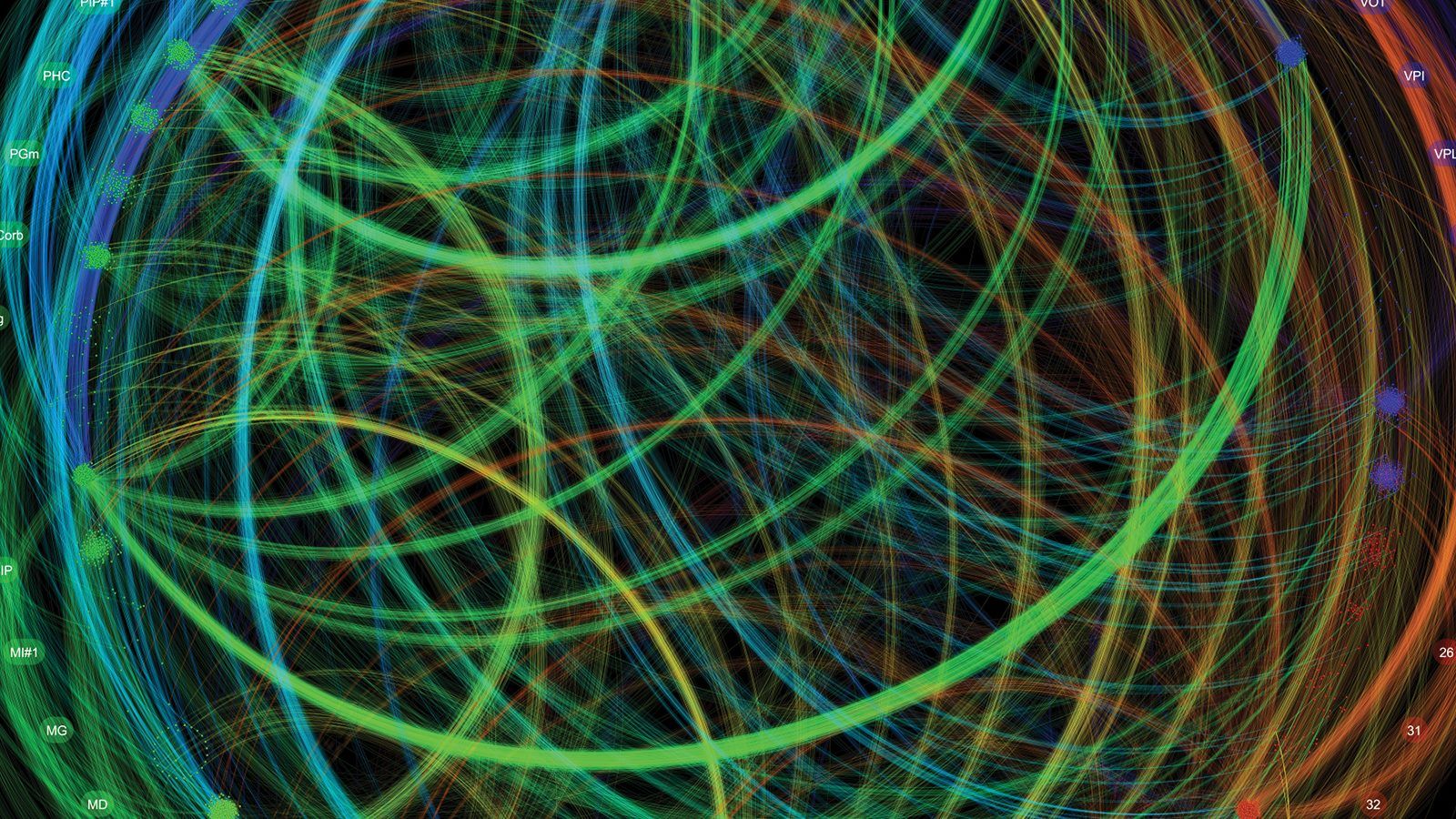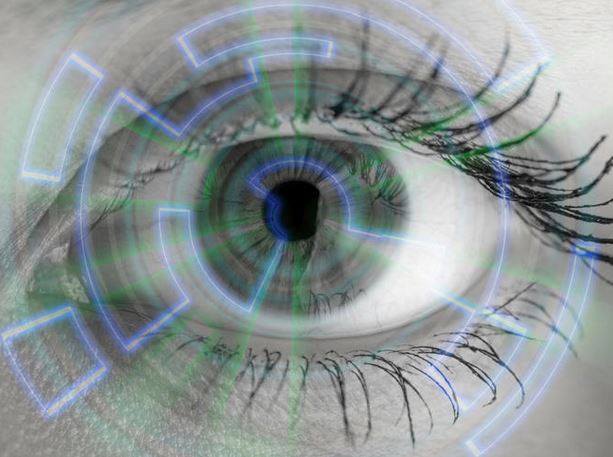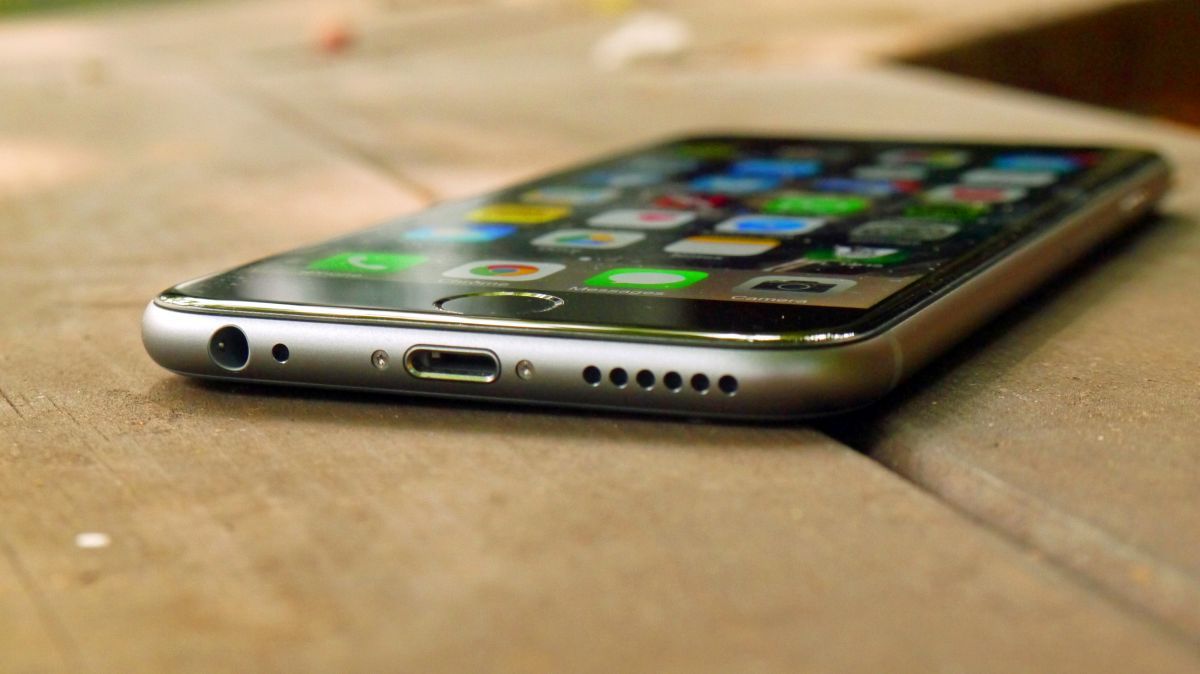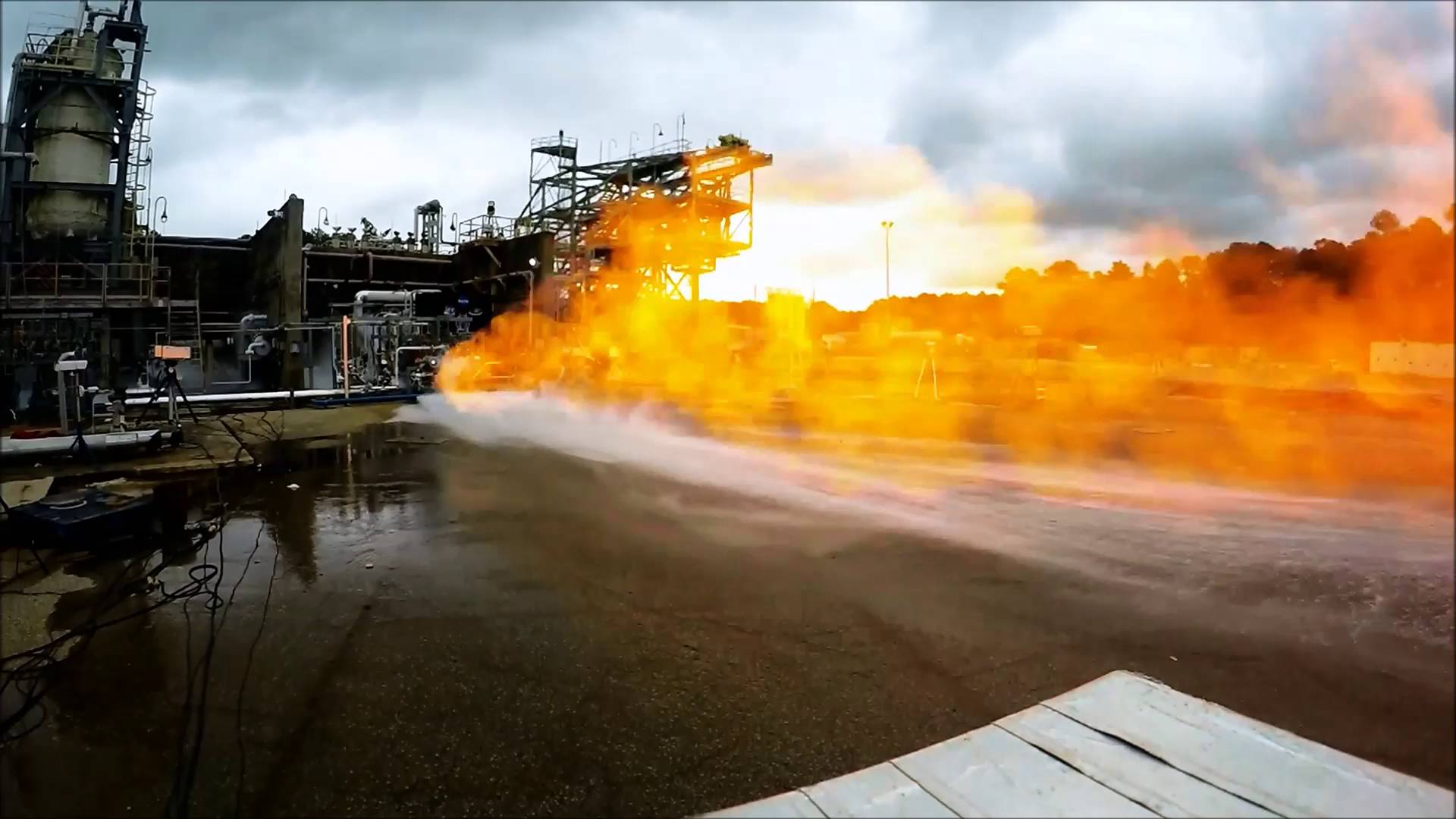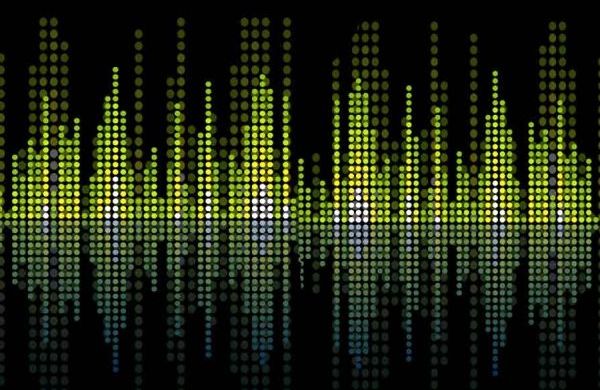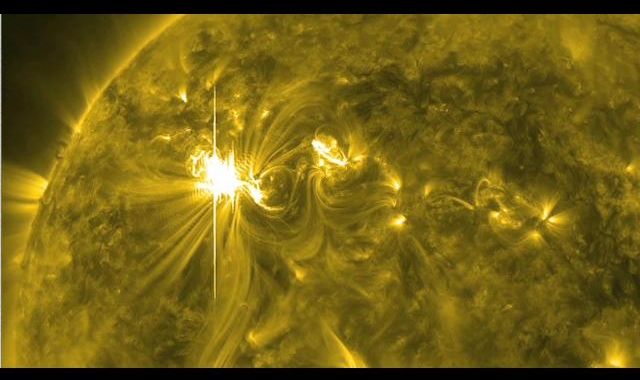Jan 9, 2016
Processors That Work Like Brains Will Accelerate Artificial Intelligence
Posted by Andreas Matt in categories: computing, robotics/AI
Weekend Reads: Even tiny fly brains can do many things computers can’t. This 2014 feature showed why making machines much smarter might require processors that more closely mimic brains.
____________________________________________
This weekend we revisit stories from MIT Technology Review’s archives that weigh the question of how far AI can go—and when.
